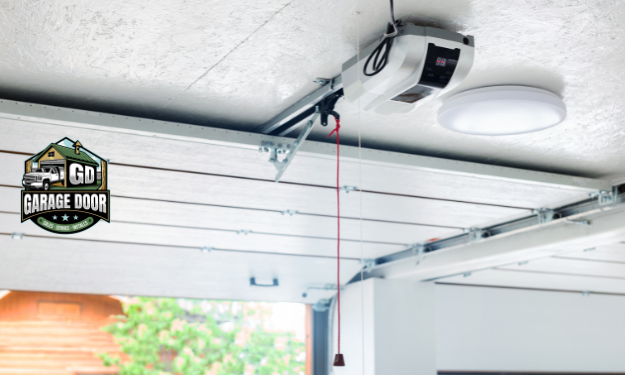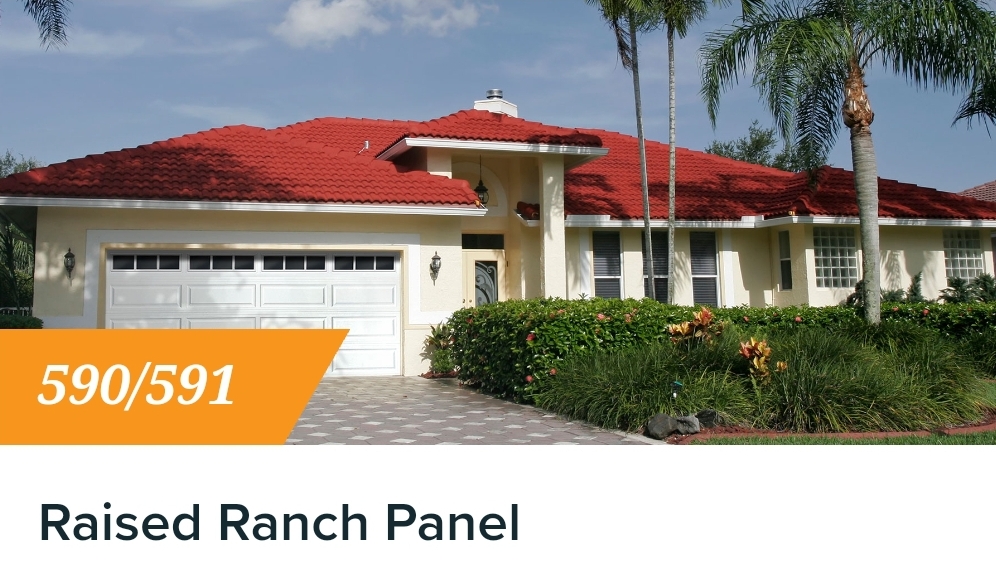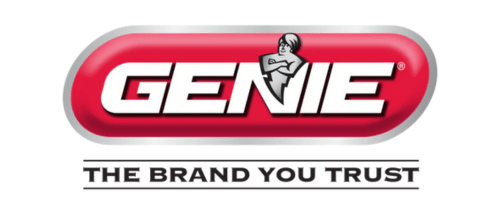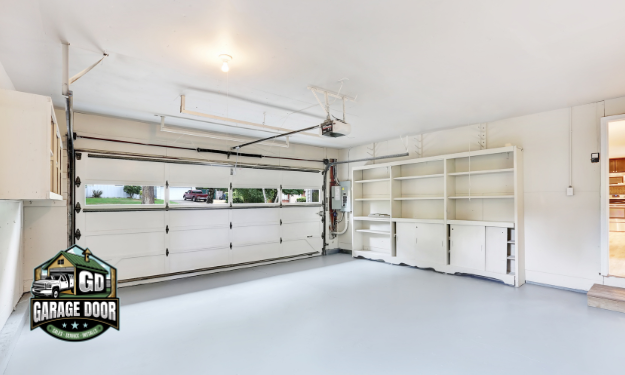Garage Door Panel Replacement
Like most home projects, preparation with reasonable budgets helps homeowners make sound investments. New insulated steel door installation with openers, sensors and remote controls typically runs $1000-$3000 depending on factors like size and accessories. Wood carriage style or custom specialty doors range from $5,000-$20,000 installed depending on materials, hardware and preparations. Garage door tune-ups average $150 including lubrication and adjustments to extend lifespan.
Garage Door Maintenance - Materials Used: Steel, aluminum, wood, fiberglass, vinyl, glass panels.
- Safety Features: Auto-reverse mechanism, manual release, rolling codes for remotes, motion detectors, tamper-resistant brackets.
- Safety and Security: Break-in resistance, durability, reliability.
- Installation Services: Door installation, opener installation, system calibration, safety inspection, custom garage door installation.



